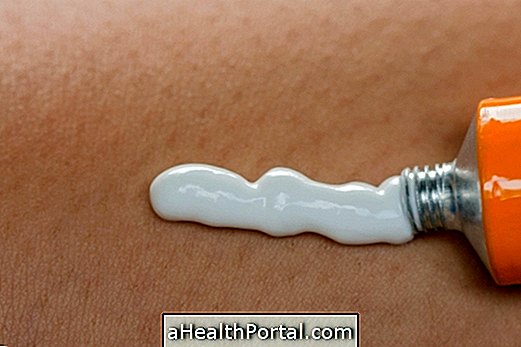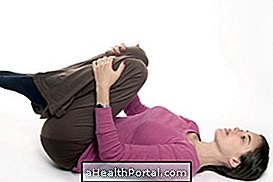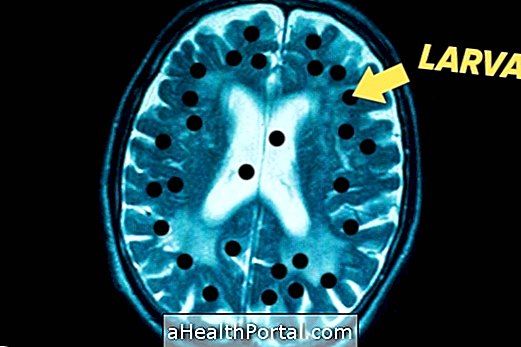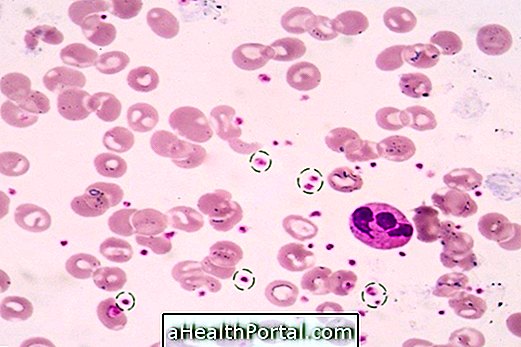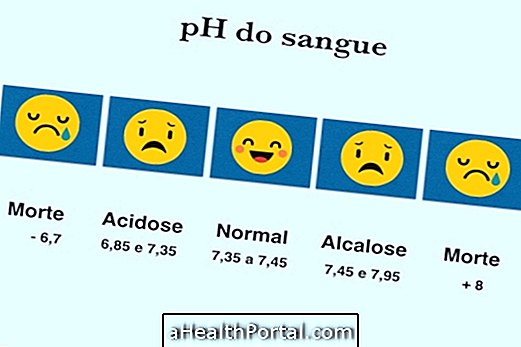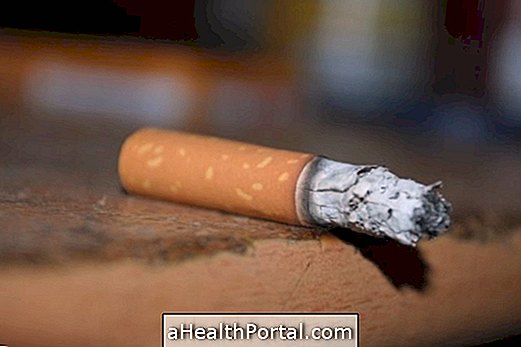Physical therapy after stroke improves the quality of life and recover lost movements. The main goal is to give back the motor capacity and to make the patient able to carry out his activities of daily living alone, without needing a caregiver.
Physiotherapy sessions should begin as soon as possible, still in the hospital and should be performed preferably every day, because the faster the patient is stimulated, the faster recovery will be.
Rehabilitation exercises after stroke
Some examples of physical therapy exercises for stroke are:






Other examples of physical therapy exercises for stroke are:
- Open and close the arms, in front of the body, can vary in: Open only one arm at a time and then both at the same time;
- Walk straight, then alternating between toes and heels;
- Use the exercise bike for 15 minutes, then you can vary resistance and distance achieved;
- Walk on the treadmill for about 10 minutes with the therapist's help.
These exercises can be done continuously for more than 1 minute each. In addition to these exercises it is important to perform muscle stretching in all muscles to improve the range of movements and perform breathing exercises to prevent the accumulation of secretions that can lead to pneumonia, for example.
Exercises with balls, resistances, mirrors, weights, trampolines, ramp, elastic bands and everything that is necessary to improve the physical and mental capacity of the patient can also be used. However, you can also use TENS, ultrasound, and hot water or ice packs as needed.
Results of physiotherapy after stroke
Physical therapy can achieve many benefits, such as:
- Improve the appearance of the face, leaving more symmetrical;
- Increase movement of arms and legs;
- Facilitate walking, and
- Make the individual more independent in their daily activities, such as combing their hair, cooking and dressing, for example.
Physical therapy should be performed daily, or at least 3 times a week.
Despite the intense work of physical therapy, some patients may not show great improvements, because the exercises should be well done and this also depends on the patient's will. As one of the sequelae of stroke is depression, these patients may have greater difficulty going to the sessions and feel discouraged, not performing the exercises correctly, which makes it difficult to recover.
Therefore, it is necessary for a patient who has suffered a stroke to be accompanied by a multidisciplinary team composed of a doctor, nurse, physiotherapist, speech therapist and psychologist.
How much time to do
Physiotherapy may start the day after the stroke, encouraging the person to stay out of the hospital bed, and about 3 to 6 months of individualized neurological physiotherapy treatment is recommended. The sessions last about 1 hour, with exercises performed with the therapist's help, or alone, according to the person's ability.
In addition to the exercises performed in the office, it may be necessary to perform exercises and stretches at home, for a daily muscle stimulus. Put the patient to play video games that exercise the whole body like the Wii and X-box, for example, to keep the muscle stimulation also at home.
It is important that the physiotherapeutic treatment is carried out continuously and that the individual has a lot of stimulation to avoid that the muscular contractions increase and the arc of movement becomes smaller and smaller, leaving the individual bedridden and totally dependent on the care of others.
